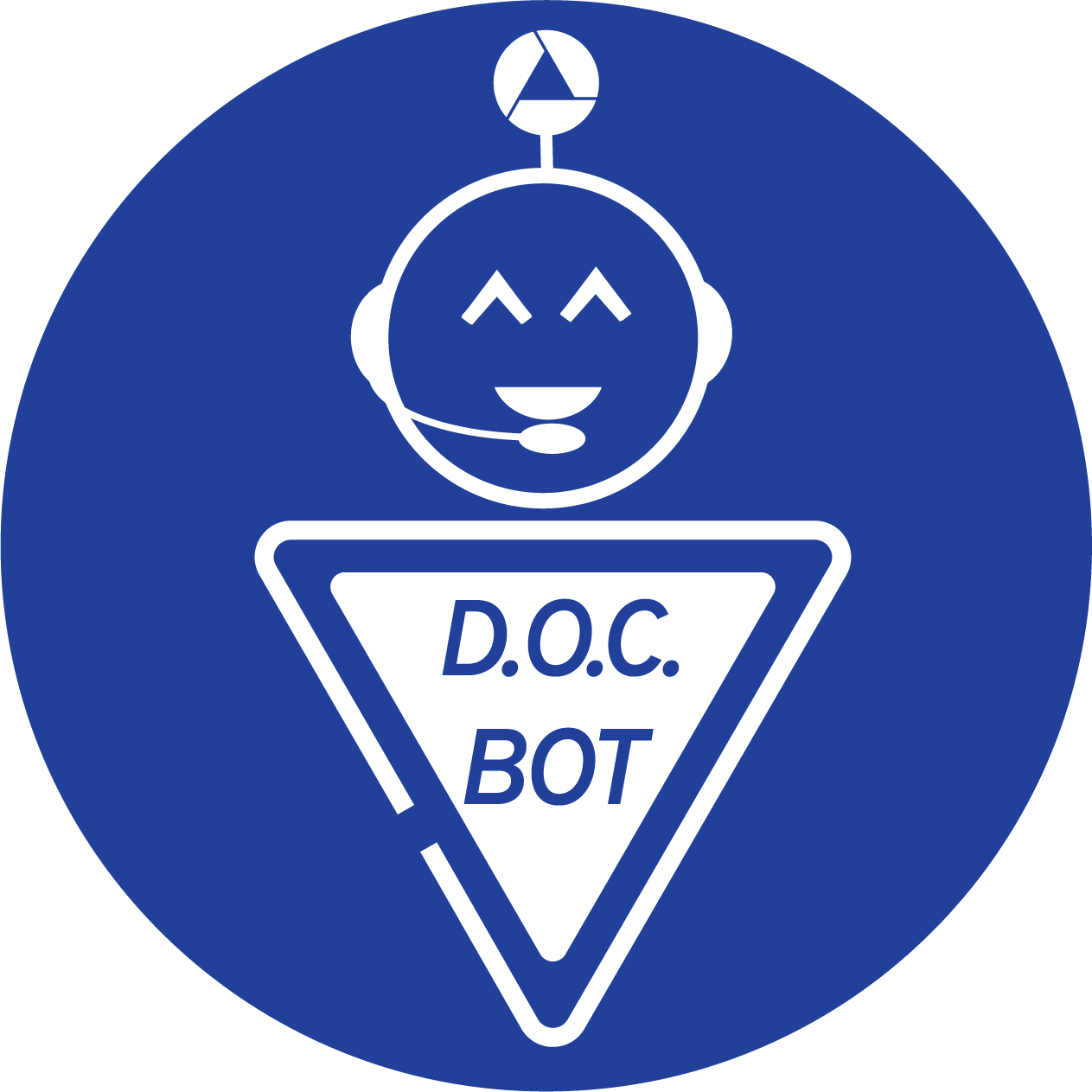
Karen A. DeRocher is a graduate students in the Department of Materials Science and Engineering, Northwestern University, Evanston, Ill. She obtained her B.S. in materials engineering from Iowa State University, Ames, in 2013. DeRocher’s undergraduate research involved investigating the oxidation behavior of a high temperature metal alloy. She received her Ph.D. from the Department of Materials Science and Engineering at Northwestern University, Evanston, Ill. At Northwestern University her research focused on characterizing enamel on different length scales. Primarily, she was involved in investigating the chemical gradients inside human enamel crystallites and the implications that may have on their chemical and mechanical properties. Additionally, she worked on X-ray diffraction studies investigating the crystallographic orientation of crystallites across enamel rods and comparison to interrod enamel.
1. How did you first learn about AADR and what motivated you to join?
I first learned about AADR from my older brother, who was a member when he was a student in dental school. I never expected to be involved myself, as I was a college student learning Materials Science and Engineering, which seemed somewhat far removed from dental research. However, as a Ph.D. student, also in Materials Science and Engineering, at Northwestern University, Evanston, Ill., my research involved studying nanoscale chemical gradients in human dental enamel. I joined AADR back in 2017 before attending my first IADR General Session in San Francisco, Calif. The conference was a great opportunity to get a broader view of ongoing dental research and also share my own results.
2. What do you find to be the most valuable benefit of an AADR Student membership?
For me the most valuable benefit is the ability to share my research and learn from other students and professionals in the field though outlets like the General Sessions and membership forums.
3. Tell us about your recent research focus. How has being involved with AADR impacted your research?
My recent research has been looking into the smallest building block of enamel: the hydroxyapatite crystallite. We found that these crystallites contain chemical gradients that can affect the solubility and perhaps the mechanical properties of the crystallites. The center, or “core,” of the crystallites contain elevated amounts of minority elements like magnesium, sodium, fluorine and carbon relative to the crystallite periphery, or “shell.” While the incorporation of these elements into the hydroxyapatite crystal lattice makes the crystallite cores more soluble in acid, it may also strengthen them against crack propagation and make them tougher.
As a member of AADR, I had the opportunity to share my research and get feedback from dental professionals early on in this project. Additionally, seeing other students and professionals present their findings helped me to place my work into the bigger picture of dental research and understand how my contributions could help move the field forward.
4. You are a member of the Women in Science Network. What are some of the biggest challenges for women in dental, oral and craniofacial research?
As this field isn’t a very common one in materials science, I don’t know many other women involved in dental, oral and craniofacial research, so I can really only speak to my own experience. The biggest challenge I see is the gender imbalance in the whole STEM pipeline. At increasingly higher levels of education and career development, there are fewer and fewer women involved. I believe visibility and accessibility of women in these roles are extremely important to encourage women of all ages to stay in STEM.
5. What do you view as the best way for other members to become more involved in AADR and get the most out of the membership?
This is a little difficult given the current situation in the world right now. Large meetings and face-to-face interactions are not really possible, so some of the ways to get involved are not accessible to members for the time being. That being said, members looking to get more involved still have plenty of opportunities; between membership forums and the scientific groups and networks, you can interface with other students and professionals and discover new ways to get involved in the organization and community.




